
Parts of Speech Party – Care
How many different ways can we use the word “care”? Let’s find out in this Parts of Speech Party!

What’s In My Brain: Painting vs Painting
Students infer the difference between transitive and intransitive verbs.

“Its Big Day” – A Children’s Story About Its and It’s
Let’s spice up a typically dull lesson about the difference between “its” and “it’s” by asking students to write a children’s story about the adventures of a critter named It.

Run On or Not? – What’s In My Brain
Can your students spot the run-on sentences?
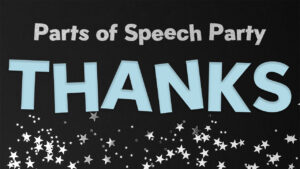
Parts of Speech Party – Thanks
How many different ways can we use the word “thanks”? Let’s find out in this Parts of Speech Party!

What’s In My Brain: Cute Baby vs Fast Cheetah
Can students spot similes vs metaphors?

What’s In My Brain: Progressive vs Simple Tenses
Will your students notice progressive tense vs simple tense?

Parts of Speech Tournament
Which part of speech is most useful? Interesting? Strange?

What’s In My Brain – Independent vs Dependent
Some of these clauses are dependent and some are independent.

Writing Compound Sentences
Students work with subjects, predicates, and conjunctions to write compound sentences.
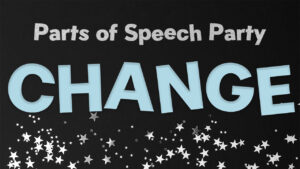
Parts of Speech Party – Change
How many different ways can we use the word “change”? Let’s find out in this Parts of Speech Party!

Parts of Speech Party – Well
How many different ways can we use the word “well”? Let’s find out in this Parts of Speech Party!

What’s In My Brain – The Park vs The Museum
We’re looking at the past progressive tense and the simple past tense.

Analyze Suffixes: -ly, -less, and -ful
What exactly does adding -less do to a word?
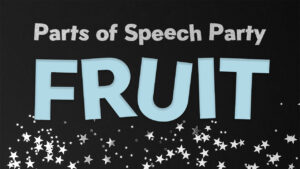
Parts of Speech Party – Fruit
How many different ways can we use the word “fruit”? Let’s find out in this Parts of Speech Party!

Complex or Compound – What’s In My Brain
Can your class spot the complex sentences vs compound sentences?
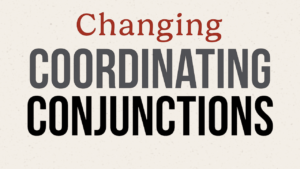
Changing Coordinating Conjunctions
What happens when we switch out a “but” with a “so”? An “and” with a “for”? How can such tiny words make such big differences?

Parts of Speech Party – Gift
How many different ways can we use the word “gift” in a single paragraph? Let’s find out in this Parts of Speech Party!

Parts of Speech Party: Introduction (Check)
How many ways can we use “check” in a paragraph? And can your students spot when it’s a verb, or a noun, or an adjective?

What’s In My Brain: May vs May
The word “may” can be used for possibility or permission. It’s a modal auxiliary verb!

Plurals: An Inductive Spelling Lesson
Plural nouns in English are deliciously fascinating. Yet most plural lessons are so dull! In this experience, students are given a pile of plurals and then inductively create groups and pull out rules and patterns.
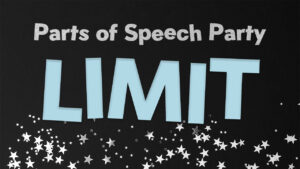
Parts of Speech Party – Limit
How many different ways can we use the word “limit”? Let’s find out in this Parts of Speech Party!

Analyze Suffixes: -en
Students will note the effects of adding a suffix to a word and then look for counter-examples to those patterns.

Pronouns With Too Many Antecedents
What happens when a pronoun could refer to more than one noun? Big problems!

Simple or Compound Sentences – What’s In My Brain?
Can your students spot simple sentences vs compound sentences?

Prefixes and Suffixes in Other Languages
Let’s go beyond merely memorizing word parts and instead analyze across languages. How do other languages make a word the opposite?